
Sculpture by Michelangelo Buonarroti “Victory”. The height of the sculpture is 261 cm, marble. In 1534, having completed work on the allegorical statue of “Victory”, Michelangelo leaves Florence, where he could not feel safe, and permanently relocated to Rome. This last, Roman period of Michelangelo’s creativity proceeds under conditions of a heightened social reaction. The counter-reformation begins its offensive against the traditions of the spiritual culture of the Renaissance.
In many art centers, the mainstream artists have occupied a dominant position. In the atmosphere of growing spiritual loneliness, Michelangelo became close to the religious-philosophical circle, which was grouped around the famous poetess Vittoria Colonna. But just like in the times of Lorenzo Medici, the creative interests of the young Michelangelo went far beyond the narrow circle of court humanists, so now the figurative ideas of the great master turn out to be incomparably wider than the timid religious-reformatory tendencies of his friends.
Historical reality put forward new challenges for art, and the artistic ideal of Michelangelo is undergoing changes. But if his characters have largely lost the integrity of nature and the effectiveness of nature, then they still fully retained their ethical height. The fact that the worldview of Michelangelo was formed at its core in the period of the rise of the Renaissance culture determined the main feature of his relationship to the world: man for him always remained the highest value.
This is the fundamental difference between Michelangelo and the artists of the Manist camp, whose art testifies to the loss of faith in man and a nihilistic attitude to ethical values.
 Madonna and Child (sculpture) by Michelangelo Buonarroti
Madonna and Child (sculpture) by Michelangelo Buonarroti Morning (sculpture) by Michelangelo Buonarroti
Morning (sculpture) by Michelangelo Buonarroti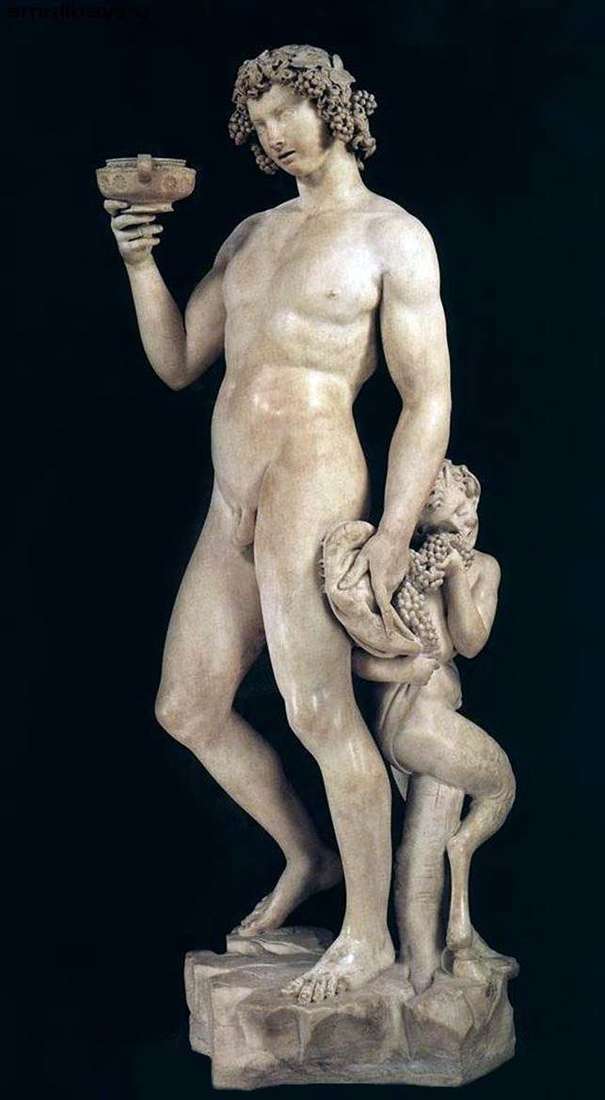 Bacchus (sculpture) by Michelangelo Buonarroti
Bacchus (sculpture) by Michelangelo Buonarroti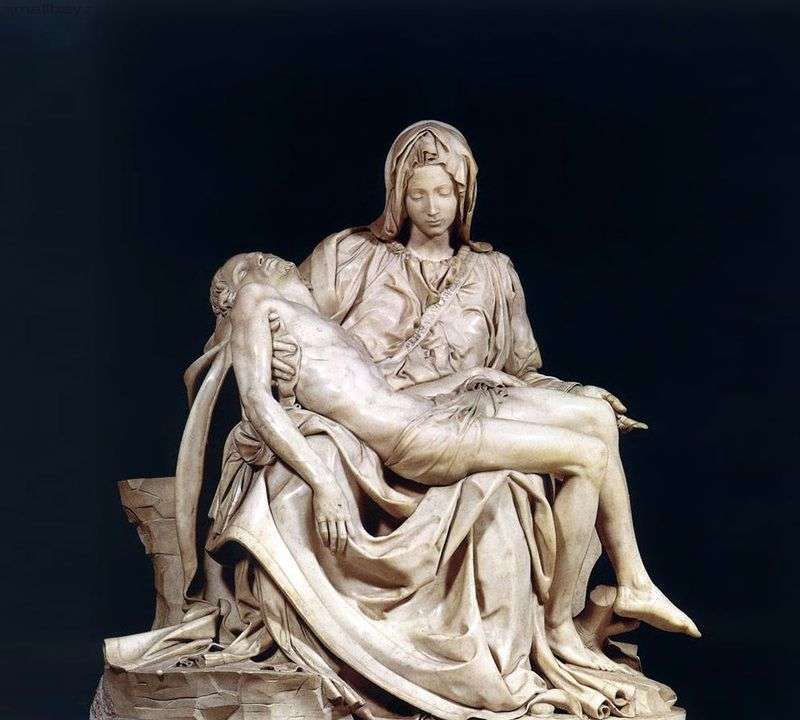 Pieta (sculpture) by Michelangelo Buonarroti
Pieta (sculpture) by Michelangelo Buonarroti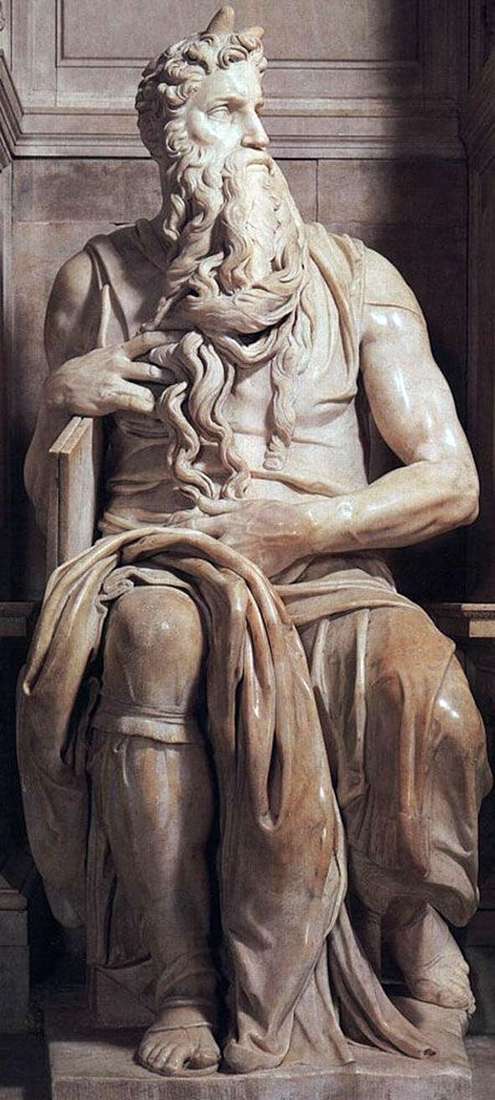 Moses (sculpture) by Michelangelo Buonarroti
Moses (sculpture) by Michelangelo Buonarroti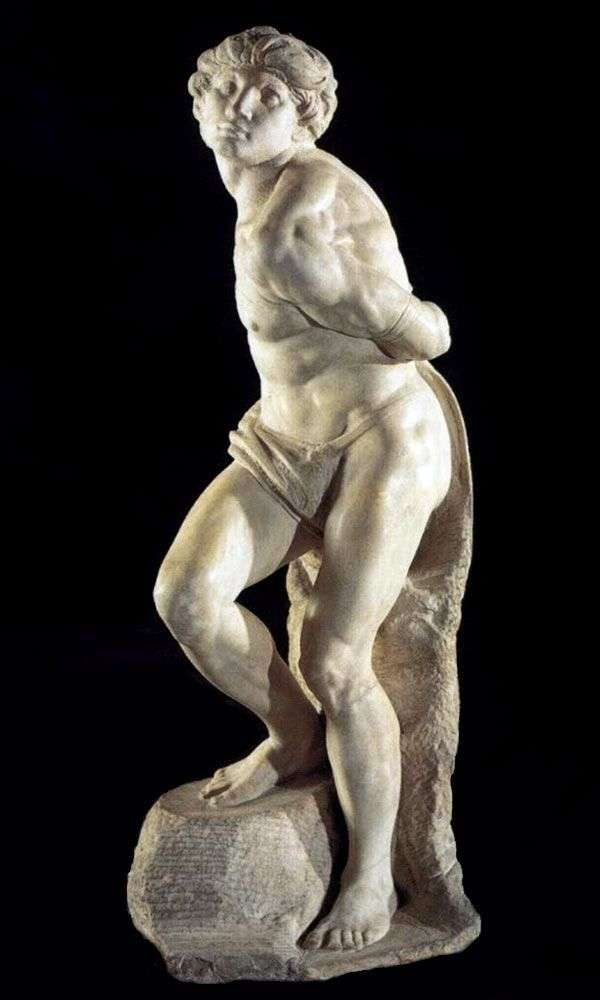 Bound Slave (Sculpture) by Michelangelo Buonarroti
Bound Slave (Sculpture) by Michelangelo Buonarroti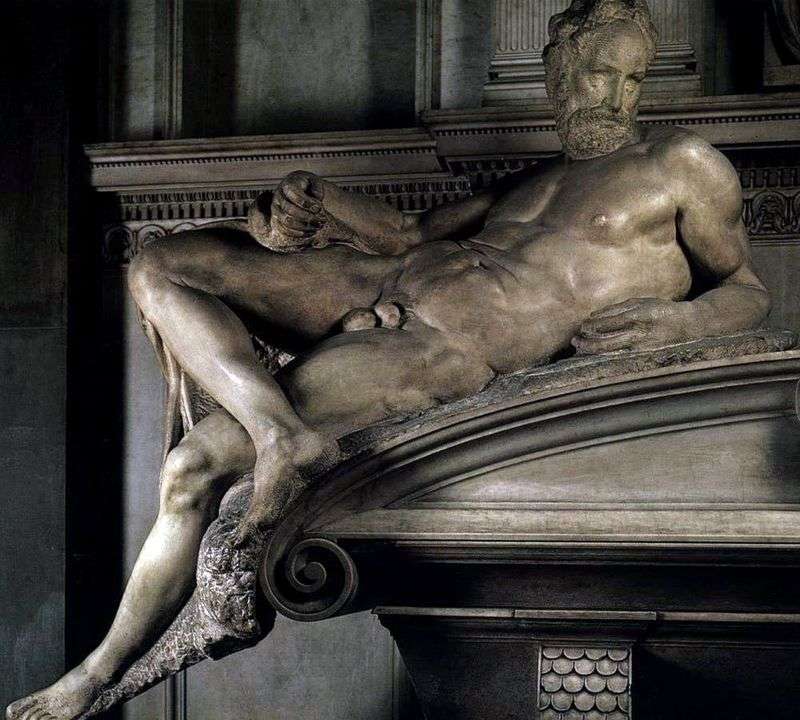 Evening (sculpture) by Michelangelo Buonarroti
Evening (sculpture) by Michelangelo Buonarroti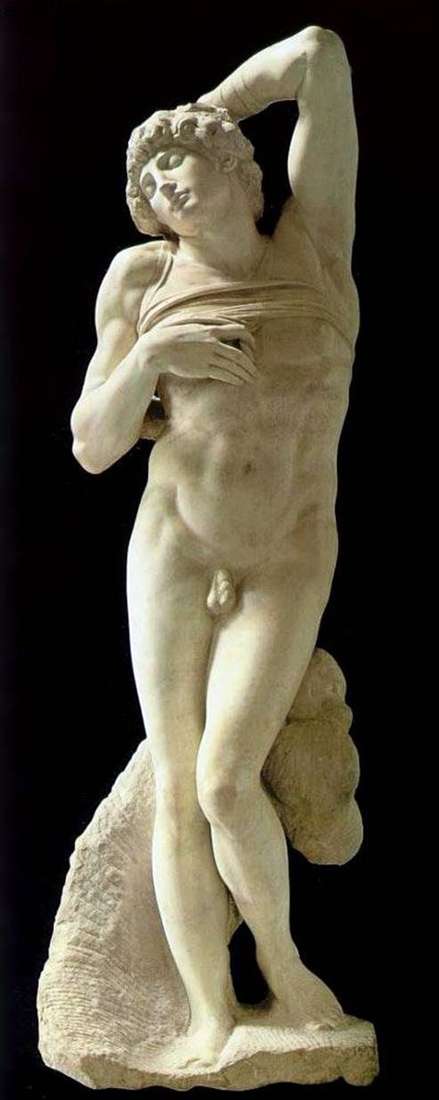 The Dying Slave by Michelangelo Buonarroti
The Dying Slave by Michelangelo Buonarroti